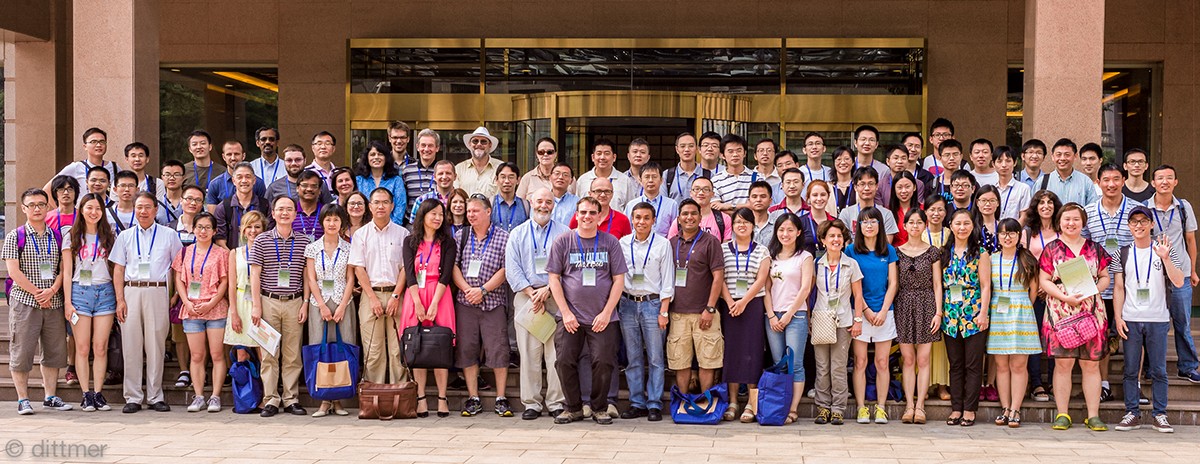Kaposi's Sarcoma-Associated Herpesvirus
A special issue of Viruses (ISSN 1999-4915). This special issue belongs to the section "Animal Viruses".
Deadline for manuscript submissions: closed (31 October 2014) | Viewed by 147066
Special Issue Editor
Interests: HPV; KSHV; tumor viruses; RNA splicing; RNA-protein interactions; noncoding RNA; RNA processing
Special Issues, Collections and Topics in MDPI journals
Special Issue Information
Dear Colleagues,
The discovery of KSHV in 1994 has been a historical landmark in tumor virology and human cancer research. This remarkable finding soon attracted hundreds of research laboratories and thousands of virologists and oncologists to switch their research directions. To date, PubMed has collected more than 4710 papers on KSHV from numerous journal publications in the world. These studies reiterate the global fight against human cancers which will continue to receive great support from our tremendous efforts in searching for new tumor-causing viruses and in understanding the basic biology of tumor viruses. To celebrate the 20th years of KSHV discovery, we are very proud to publish a special issue on KSHV in 2014 in Viruses. This special issue will explore all aspects of KSHV, including updated reviews and research articles. We are looking forward to your contribution and to publishing your important discoveries in this special issue.
Zhi-Ming Zheng
Guest Editor

17th International Workshop on Kaposi's Sarcoma Herpesvirus (KSHV) and Related Agents" 25 -28 July, 2014, Beijing, China, organized by Dr Hongyu Deng and Dr Ke Lan. Photograph by Prof Dirk Dittmer under the Creative Commons Attribution License 4.0
Manuscript Submission Information
Manuscripts should be submitted online at www.mdpi.com by registering and logging in to this website. Once you are registered, click here to go to the submission form. Manuscripts can be submitted until the deadline. All submissions that pass pre-check are peer-reviewed. Accepted papers will be published continuously in the journal (as soon as accepted) and will be listed together on the special issue website. Research articles, review articles as well as short communications are invited. For planned papers, a title and short abstract (about 100 words) can be sent to the Editorial Office for announcement on this website.
Submitted manuscripts should not have been published previously, nor be under consideration for publication elsewhere (except conference proceedings papers). All manuscripts are thoroughly refereed through a single-blind peer-review process. A guide for authors and other relevant information for submission of manuscripts is available on the Instructions for Authors page. Viruses is an international peer-reviewed open access monthly journal published by MDPI.
Please visit the Instructions for Authors page before submitting a manuscript. The Article Processing Charge (APC) for publication in this open access journal is 2600 CHF (Swiss Francs). Submitted papers should be well formatted and use good English. Authors may use MDPI's English editing service prior to publication or during author revisions.
Keywords
- Virus epidemiology and transmission
- virus entry
- gene structure and expression
- viral DNA replication
- virus assembly and release
- virus pathogenesis and oncogenesis
- anti-KSHV therapy and prevention
Benefits of Publishing in a Special Issue
- Ease of navigation: Grouping papers by topic helps scholars navigate broad scope journals more efficiently.
- Greater discoverability: Special Issues support the reach and impact of scientific research. Articles in Special Issues are more discoverable and cited more frequently.
- Expansion of research network: Special Issues facilitate connections among authors, fostering scientific collaborations.
- External promotion: Articles in Special Issues are often promoted through the journal's social media, increasing their visibility.
- e-Book format: Special Issues with more than 10 articles can be published as dedicated e-books, ensuring wide and rapid dissemination.
Further information on MDPI's Special Issue polices can be found here.







